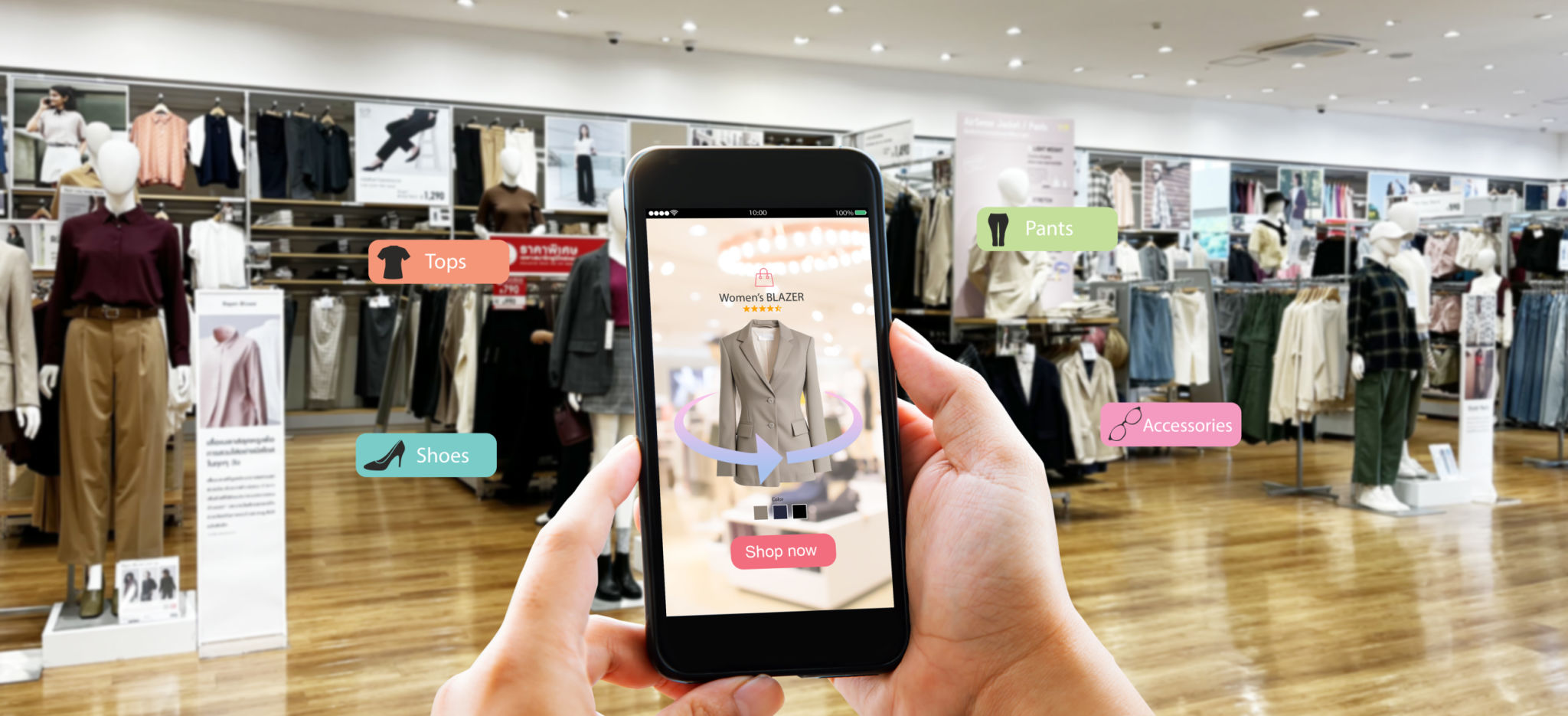Top Trends in Phygital Fashion: What to Expect Next
Understanding Phygital Fashion
The term "phygital" merges the physical and digital realms, creating a seamless fusion between the two. In the fashion industry, this concept is gaining momentum as brands and designers explore innovative ways to enhance consumer experiences. Phygital fashion leverages technology to transcend traditional shopping and design methods, offering interactive and immersive experiences.
From virtual try-ons to augmented reality (AR) fashion shows, phygital fashion is reshaping how consumers interact with garments and accessories. This trend is not only revolutionizing the way we shop but also how designers create and present their collections.

Virtual Try-Ons and Fitting Rooms
One of the most significant advancements in phygital fashion is the rise of virtual try-ons and fitting rooms. These technologies allow consumers to visualize how clothing will look on their bodies without stepping into a store. By using AR and AI, brands can offer personalized sizing recommendations and style suggestions based on individual preferences.
This shift towards digital fitting experiences is not just about convenience. It also addresses issues of sustainability by reducing the need for excessive production and returns. As more brands adopt this technology, expect to see an increase in personalized shopping experiences that cater to unique body shapes and sizes.
Augmented Reality Fashion Shows
The traditional runway show is evolving, thanks to augmented reality. Designers are now incorporating AR into their presentations, allowing audiences to experience their collections in entirely new ways. By using smartphones or AR glasses, viewers can see digital overlays of garments on models or even themselves.

This trend not only expands the reach of fashion shows but also introduces an interactive element that engages audiences worldwide. As technology continues to advance, expect AR fashion shows to become more sophisticated, with hyper-realistic graphics and interactive elements that bring designs to life.
Blockchain Technology and Digital Fashion
Blockchain technology is playing a crucial role in the phygital fashion landscape. It enables the creation of digital garments that can be bought, sold, and traded like physical clothing. These digital assets, often referred to as NFTs (non-fungible tokens), are gaining popularity among fashion enthusiasts and collectors.
With blockchain, designers can ensure the authenticity and provenance of their digital creations, providing consumers with exclusive ownership rights. This technology not only opens new revenue streams for designers but also fosters a sense of community among collectors who appreciate unique digital fashion pieces.

Customization and Personalization
The demand for personalized fashion experiences is on the rise. Consumers are seeking unique pieces that reflect their individual styles, and phygital fashion is answering this call. By combining digital tools with traditional craftsmanship, brands can offer customizable products tailored to individual preferences.
From selecting fabric patterns to altering garment designs, consumers can participate in the creative process, resulting in one-of-a-kind pieces that stand out. As technology continues to evolve, expect further innovations in customization options, enabling even more creative freedom for fashion lovers.
The Future of Phygital Fashion
The phygital fashion trend is here to stay, with exciting developments on the horizon. As technology becomes more integrated into our daily lives, the line between physical and digital fashion will continue to blur. We can anticipate more immersive shopping experiences, greater sustainability efforts, and expanded access to global fashion markets.
For brands eager to stay ahead of the curve, embracing phygital fashion offers a competitive edge. By fostering innovation and collaboration between technology and design, the fashion industry can create a future where creativity knows no bounds.